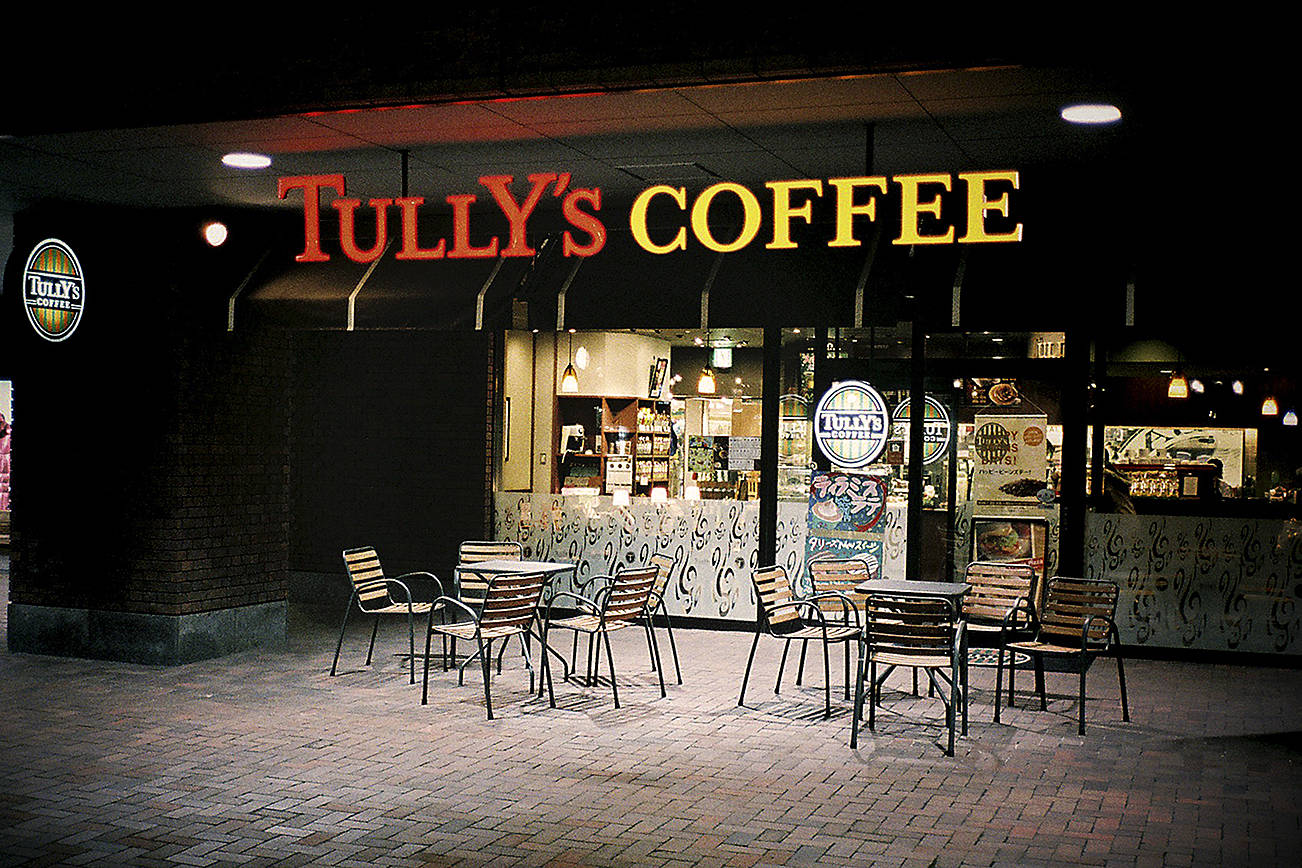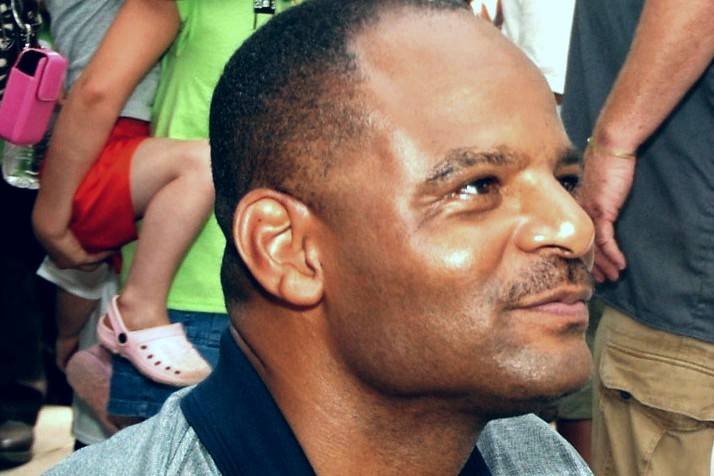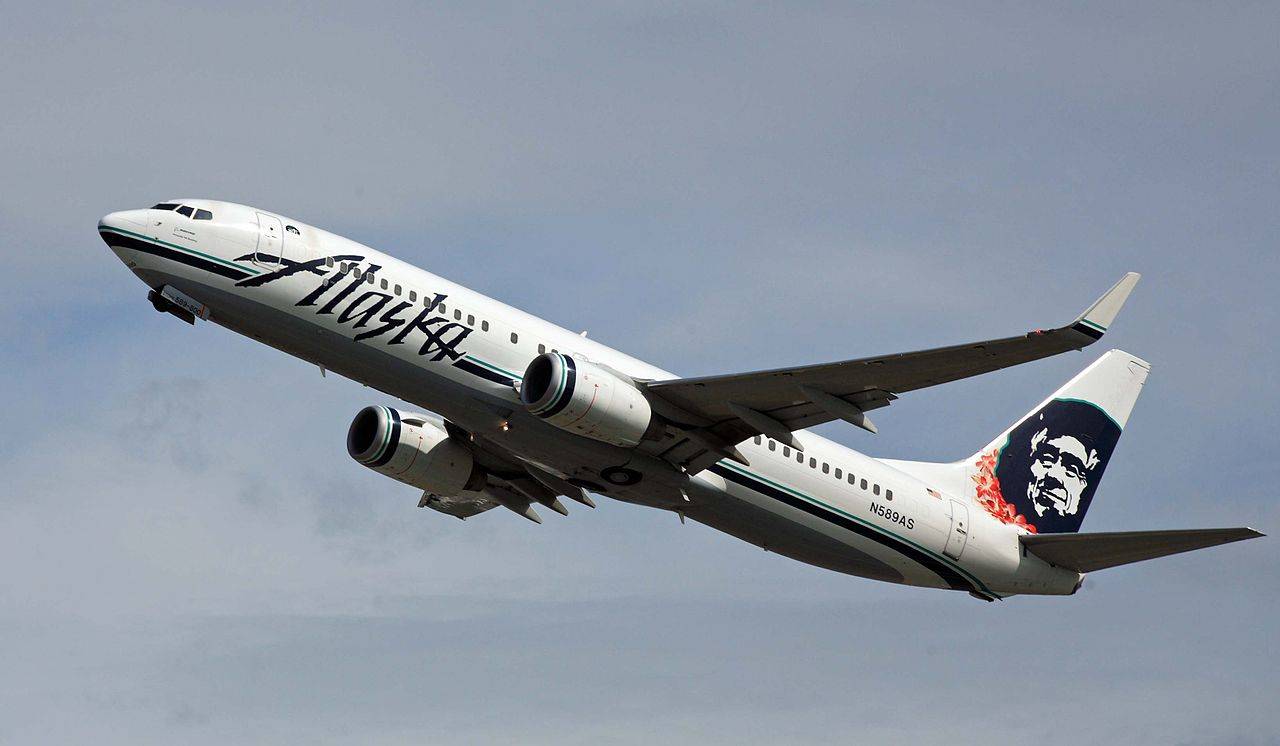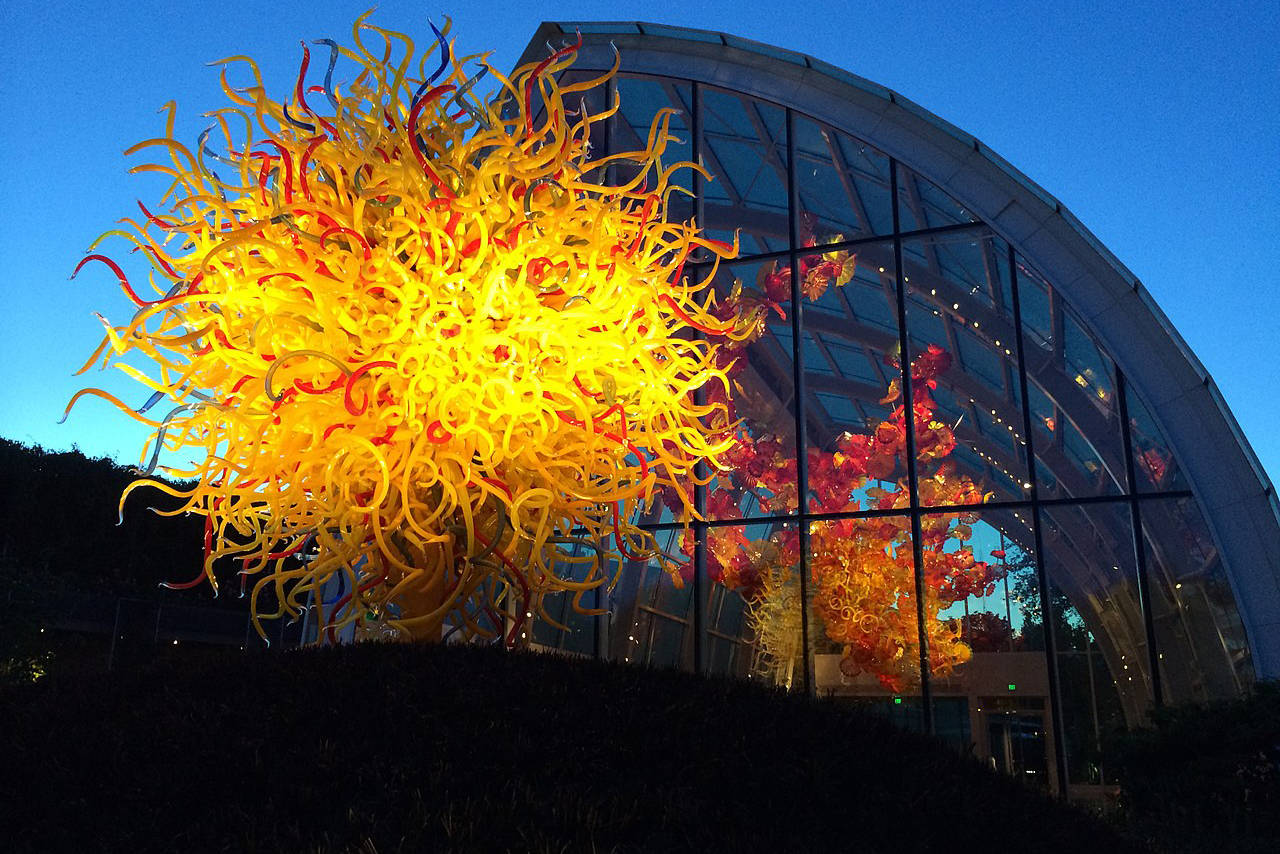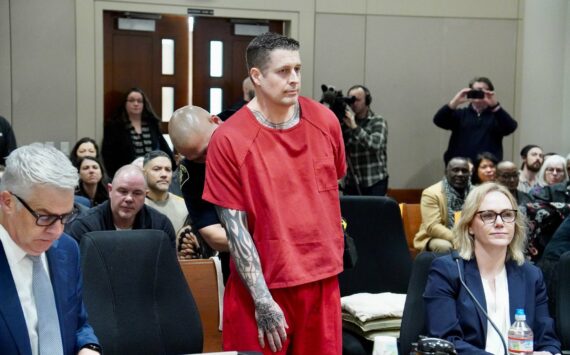A dwindling audience and slumping ad sales, followed by staff downsizing. Inevitably, the newsroom goes dark and another unemployed swarm of reporters, editors, and photographers hits the bricks.
Sounds like another newspaper has closed—something America has gotten used to, with 126 dailies ending their print editions between 2004 and 2014, according to the Pew Research Center.
But this time it’s a television network, Northwest Cable News, going dark. Surely you heard about it. NWCN, Channel 2, folding after 21 years?
No?
The channel disappeared from cable lineups last month, ending two decades of providing 24-hour regional news coverage to more than a million cable-system viewers in the Great Northwest—from Canada into Northern California, the West Coast into Montana, with limited service in Alaska.
Judging by posted comments and other public reactions, a lot of viewers were surprised on Friday evening, Jan. 6, when anchor Angela King announced into a camera at NWCN’s Seattle studios, “This is it … live one last time.” At the end of the final hour, sniffling, she removed her mic and walked off the darkening set. Roll credits, fade to black.
There had been scant coverage prior to the shutdown and a few brief industry obituaries once it happened. The death of more news, it seemed, wasn’t news.
“I’m really sad to hear it’s the end of the line for NWCN,” said ex-reporter and meteorologist Ed Muir. “It was such a huge asset for all the people around the Northwest.”
Owned by King Broadcasting of Seattle, the cable station had its own small Seattle-based news staff to augment reports picked up from King Broadcasting’s TV stations in three states—KGW in Portland, KREM in Spokane, KTVB in Boise, and KING, the Seattle flagship station.
The all-day news network went on the air in 1995, six years after King Broadcasting founder Dorothy Bullitt passed away and four years after her heirs sold the company to the Providence Journal media group.
Journal executives invested $5 million in start-up funds. They saw money-making opportunities in a mini-style CNN, which took to the airwaves in 1980. (MSNBC and Fox News Channel were launched the year after NWCN began—the joint NBC/Microsoft venture in July 1996, and Rupert Murdoch’s eventually dominant conservative channel in October.)
Most of what NWCN’s creators needed was already in place: four stations that could feed their local news and sports broadcasts to a central hub for recycling to a far-flung cable audience in hopes of attracting regional advertisers.
NWCN launched with a potential audience of 1.1 million households, and figured to expand that by another 800,000 within a year. The network made money for much of its run, joining a small wave of other regional cable networks including Chicagoland Television News, New England Cable, and New York 1.
In 1997, Dallas-based Belo bought up all Journal properties including King Broadcasting and kept NWCN going for 16 years. In 2013, the Gannett Co. acquired Belo and spun off broadcasting properties under a new entity called Tegna. Last spring, Tegna leased a new home for King in Seattle, housing KING TV, sister station KONG, and NWCN in a new structure across First Avenue South from Seattle’s sports stadiums in SoDo. The move seemed to signal corporate confidence in Channel 2, NWCN’s home on the dial.
But in November, Tegna suddenly announced it would pull the plug. King Broadcasting General Manager Jim Rose said viewership had fallen steadily and made the market less attractive to advertisers. The problem? Changes in viewers’ news consumption habits, he said, enabled by new technology. Too many viewers no longer needed all-day cable TV for their information when they could easily check news, temps, and scores over portable devices such as smartphones, tablets, and a growing array of other home gizmos.
Elliott Wiser, NWCN’s first news director, confirmed Rose’s theory. “I think it’s very difficult nowadays for 24-hour local news channels to prosper because of the movement to digital,” Wiser told historian Feliks Banel for a report that aired on KIRO radio just before the January sign-off. “It’s expensive to run, and Tegna’s like every other broadcast company. They’re looking at the bottom line.”
After all, Wiser said, these days “I can talk to my Alexa and say ‘Give me the headlines,’ ” and Amazon’s electronic personal assistant reads him the news while he eats his eggs.
Former weatherman Mark Coleman said the meltdown seemed inevitable. In earlier years on NWCN, he was a familiar face to everyone on I-90 from Seattle to north Idaho—“There wasn’t a truck stop or coffee shop where they didn’t know me,” he recalled with a laugh. “But that was before smartphones,” back when Northwesterners faithfully turned to TV meteorologists for their daily rain forecasts.
The growth of tech alternatives was also the explanation that executives from Texas Cable News gave in 2015 when asked why TXCN, also owned by Gannett, went dark after 16 years. Using feeds from a network of Gannett stations in major markets including Dallas and Houston, the cable station was available in more than 1.4 million homes when it was closed due to viewers moving to hand-held screens. On the station’s last day, Roger Barry, the last remaining TXCN on-air personality, threw in the towel and announced he was retiring.
That’s two regionals gone in two years, along with the nationwide Al-Jazeera America network that folded last April after a three-year struggle. There are more than 30 all-day news channels in the U.S, according to the Media411 website, but perhaps only a half-dozen qualify as regional broadcasters like NWCN was and Chicagoland, now in its 25th year, still is.
Relegated to a memory, NWCN recycled its history on its last day. The station’s final hour included flashbacks to some of the biggest stories it covered—the WTO riots, the assassination of four Lakewood police officers, the 2001 earthquake that left $2 billion in damage, the Kingdome implosion, the Seahawks’ Super Bowl victory, the Oso mudslide that left 43 dead.
The staff picked their favorite guests—actor Alan Alda, comedian and Sounders part-owner Drew Carey, ex-Dodgers manager Tommy LaSorda, retired New York Jets quarterback Joe Namath, and Larry the Cable Guy.
There were moments with the excited Ciscoe Morris, the Barney Fife of gardening, who admitted that despite his vast earthen knowledge he didn’t know how to grow a breadfruit tree indoors. Wiser, the ex-news director, recalled the spunk of his young, enthusiastic staff, citing one reporter who made his way to the old Dexter Avenue studio on skis to help cover a raging snowstorm.
Reporter Susan West (who went on to become mayor of Normandy Park) said “What made NWCN so special is that we were on the cutting edge. We were doing something that was really pretty new.” Reporter and later KING-5 environmental specialist Gary Chittim (married to NWCN anchor Cam Johnson) recalled the freedom he had to roam, grabbing a camera and disappearing into eastern Washington or Oregon for several days, running out of money and sleeping in his car. Anchor Meg Coyle, who recently left for a job as an Amazon recruiter, met her husband Michael King in the NWCN newsroom. He remains a host on KING’s Evening Magazine.
And Greg Copeland, now at KING, recalled the routine of being a budding NWCN photo journalist: “You set up the camera and then run around and get in front of it.” He also showed a copy of his first NWCN paycheck when he was 24. It came to $293.76, he said, “for nearly a week’s work.”
King Broadcasting’s GM Rose said about 30 employees lost their jobs at NWCN, which began with a staff of 100. Some landed at King stations, while others are looking for work.
In a shrinking media world, it is not a good time to be an unemployed journalist. Worse, in recent weeks, KOMO-TV has cut 10 employees from its newsroom, including a three-member investigative team, and NBC News closed its Seattle-based Breaking News unit, affecting four unit employees here and three in New York, Chicago, and Los Angeles.
On the publishing side, The Seattle Times said last month it is paring down its ever-shrinking 170-person newsroom by another two dozen and shutting down four suburban weeklies serving 45,000 readers, losing another dozen employees. In an open letter published last week, Times executive editor Don Shelton reminded readers that “serious journalism is not free” and urged them to support the paper by subscribing.
Altogether, roughly 75 writers, editors, technicians, and others lost Seattle-based media jobs between December and the end of January. Not a merry Christmas, nor a happy start of the New Year for local journalism.
And did you notice you no longer have a channel 2 on Comcast? No?
news@seattleweekly.com

